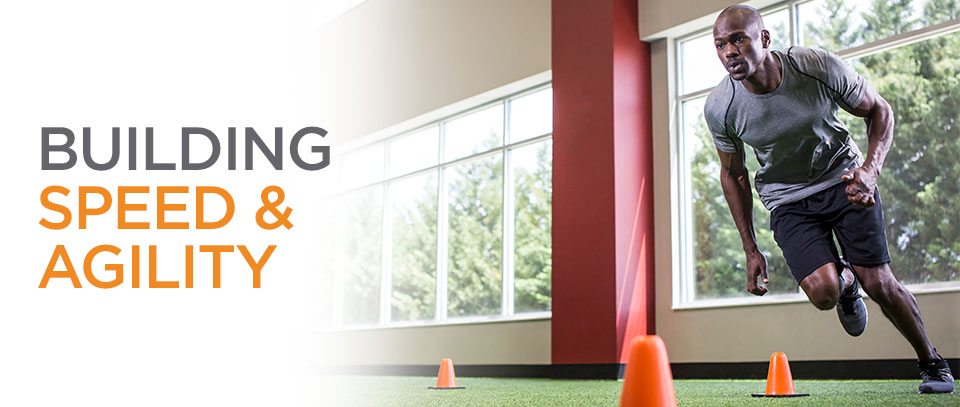Setting up a team for a winning season means leading athletes to work together while training each one to reach their fullest potential in their own positions. Successful teams are balanced with players of complementary skill levels. Each team member exhibits overall athleticism in relation to the sport while bringing their own talents, strengths, and weaknesses to the whole. A properly skill-balanced team that works together towards the same goal is a well-oiled machine for victory. However, a true triple threat on the field of competition is an athlete that embodies foundational strength, explosive power, and crisp speed and agility.
Muscular strength, power, and speed can all be trained specific to the sport. Some athletes require speed and strength to move a heavy object as fast as possible. This could mean a barbell in Powerlifting/Olympic Weightlifting or moving another person of similar stature in contact sports such as football, rugby or other competitors in martial arts. Other athletes require speed endurance to run as fast as they can to sprint to a base in baseball, run for a touchdown pass in football, or sprint 40 – 400 yards in track and field.
The National Strength and Conditioning Association provides an overview of how to analyze the speed requirements of a sport. According to NSCA’s exclusive excerpt from their publication Developing Speed, there are six questions to answer before setting up the foundation of a sport-specific speed development program; the answers to which will reveal the speed requirements necessary for your sport.
Agility – or the ability to change direction with control and quickness – requires a high level of muscular coordination and neuromuscular efficiency to make the necessary adjustments to change direction at high speeds. Like speed, agility should be tested and trained specific to the sport. There are several agility tests that have been developed to test movement efficiency in a variety of planes and movement patterns, i.e. T-test, 5-10-5 shuttle, and the Illinois Test. Click on the link above for more detail on these tests or to see the results of these tests compared across recreational, Division I, II, and III athletes.
After you develop the sport-specific speed and agility training program, check out our full selection of speed and agility training equipment to power your 2025 Spring Training Camps.
